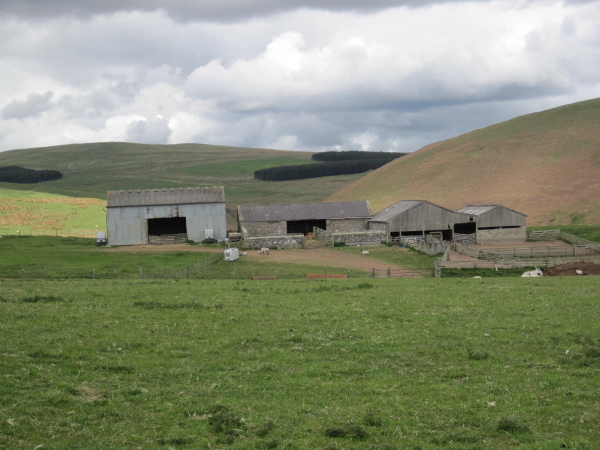Topics > Northumberland > Civil Parishes in Northumberland > Alnham Civil Parish
Alnham Civil Parish
Parish boundaries may have changed - for the latest map see the Parish Council or Northumberland County Council.
About the Parish
| Settlements: |
Alnham, Great Ryle, Little Ryle, Prendwick, Scrainwood, Unthank and several farms, including at Ewartly Shank, Hazeltonrig, Old Hazeltonrig and Ryle Mill |
| Population: |
270 (2021 Census) ?? 245 (2011 Census) |
| Area: | 59.2 km2 |
| Parish Council: |
Whittingham, Callaly & Alnham Parish Council |
| Unitary Authority: | Northumberland County Council |
Historical |
|
|
Ancient Townships: (in the modern CP area) |
Alnham (Alnham Parish)
Great Ryle (Whittingham Parish)
Little Ryle (Whittingham Parish)
Prendwick (Alnham Parish)
Scrainwood (Alnham Parish)
Unthank (Alnham Parish)
Townships became civil parishes in their own right in 1866 (see below). |
| Ancient Parishes: |
Today's Alnham Civil Parish includes what was the ancient parish of Alnham and parts of the ancient parish of Whittingham.
Alnham Parish (St. Michael) Population: 233 in 1801, and 291 in 1851. Gazetteers:
Whittingham Parish (St. Bartholomew) Population: 1,465 in 1801, and 1,905 in 1851 Gazetteers:
Ancient parishes refer to the parishes before the split between ecclesiastical (church) and civil parishes in the 19th century. They had a parish church and often were composed of multiple townships and chapelries. In many cases, townships and parishes were originally based on the territory of manors from the feudal system during medieval times. Civil parishes were created following the Poor Law Amendment Act 1866, in which Church of England parishes, extra-parochial areas, townships and chapelries, became "civil parishes" which could set their own poor rate (tax). Then the reforms of Local Government Act 1894 established elected civil parish councils (or parish meetings for parishes with less than 300 residents) and created urban and rural districts. Boundaries of parishes and civil parishes may have changed over time. |
| Ancient District: |
Coquetdale (ward) |
| Poor Law Union: |
Rothbury Poor Law Union, formed in 1836. Rothbury Poor Law Union used the existing workhouse at Town Foot at the east of Rothbury. A new workhouse at Silverton Lane in Rothbury opened in 1901, which could house up to 50 inmates. Under the Poor Law Amendment Act of 1834 parishes were grouped into Unions, each of which had to build a workhouse if they did not already have one. It ended the old system of locally provided poor relief which had come under strain as numbers out of work grew, following increasing mechanisation of agriculture and the economic downturn after the Napoleonic Wars, along with changing social attitudes. The workhouse provided those unable to support themselves financially with accommodation and work. Inmates were generally segregated into men, women, boys and girls. The workhouse system was abolished by the Local Government Act 1929, but many workhouses lived on as ‘Public Assistance Institutions’ until the National Assistance Act 1948. |
|
Major Boundary Change: |
1955 - Alnham CP was enlarged by the abolition of Great Ryle Civil Parish 1955 - Alnham CP was enlarged by the abolition of Little Ryle Civil Parish 1955 - Alnham CP was enlarged by the abolition of Prendwick Civil Parish 1955 - Alnham CP was enlarged by the abolition of Scrainwood Civil Parish 1955 - Alnham CP was enlarged by the abolition of Unthank Civil Parish |
|
District Council: |
Rothbury Rural District (1894 - 1974). The district was abolished in 1974, following the Local Government Act 1972. Alnwick District (1974 - 2009). Alnwick covered the area of 4 former districts (Alnwick Urban District, Amble Urban District, Alnwick Rural District, Rothbury Rural District). The borough council was abolished when Northumberland County Council became a unitary authority on the 1st of April 2009. |
|
County / Unitary Authority |
In 1572 Parliament passed a bill annexing Hexham and Hexamshire to the County of Northumberland. The ancient county of Northumberland was enlarged following the Counties (Detached Parts) Act 1844; Bedlingtonshire, Norhamshire, Islandshire, the Farne Islands and Monks' House all became part of Northumberland. Up to then they had been enclaves of County Durham. Northumberland County Council formed 1889. Major boundary changes came into effect on the 1st April 1974. This followed the Local Government Act 1972, which formed the non-metropolitan county of Northumberland. This excluded the City of Newcastle upon Tyne and North Tyneside, which up to then had been part of Northumberland, but now became part of the newly formed Tyne & Wear. Northumberland County Council became a unitary authority on the 1st of April 2009. |
See also: ![]() Historic Buildings and Monuments in Whittingham Vale. Note: listed buildings are generally the responsibility of the county council / unitary authority, rather than the parish council.
Historic Buildings and Monuments in Whittingham Vale. Note: listed buildings are generally the responsibility of the county council / unitary authority, rather than the parish council.
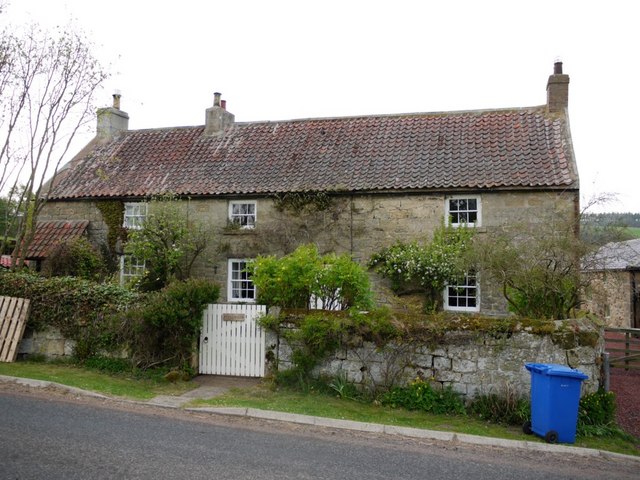
Co-Curate Page
Alnham
- Overview About Map Street View Alnham is a hamlet in Northumberland, located near the source of the River Aln, about 14 miles west of Alnwick. Notably, in Alnham are the …
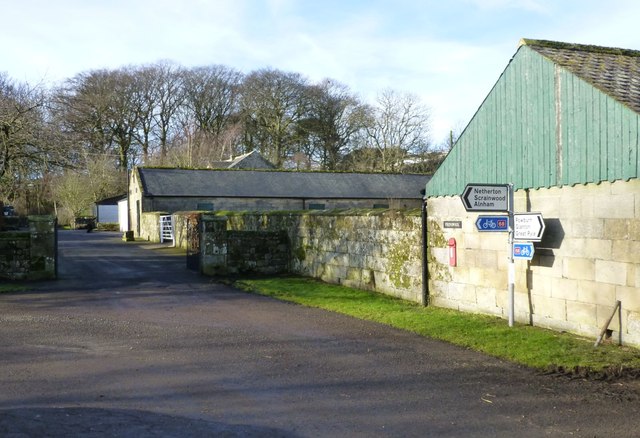
Co-Curate Page
Prendwick
- Overview Map Street View Prendwick is a hamlet by Prendwick Burn in Northumberland, located about 12 miles west of Alnwick and a mile north of Alnham. Some of the farm …
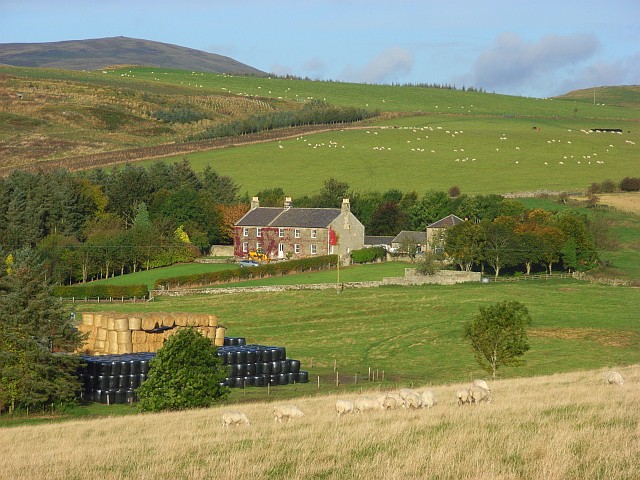
Co-Curate Page
Scrainwood
- Overview Map Street View Scrainwood is a farm and hamlet in Northumberland, located just under a mile south-west of Alnham and a mile north of Netherton. Scrainwood Burn runs through the …
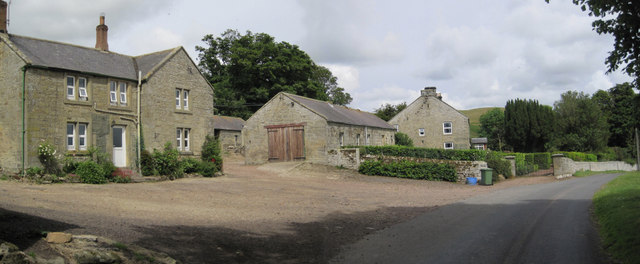
Co-Curate Page
Great Ryle
- Overview Map Street View Great Ryle is a hamlet by the Cheviots in Northumberland, located about 3 miles north-west of Whittingham and 1 mile north of Little Ryle. The settlement …
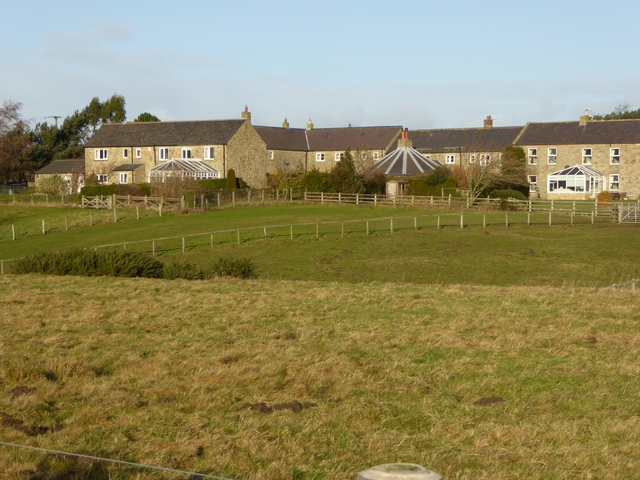
Co-Curate Page
Unthank, Alnham
- Overview Map Street View Unthank is a farm in Northumberland, located about 11 miles west of Alnwick and ¾ mile north-east of the village of Alnham. There was a small …
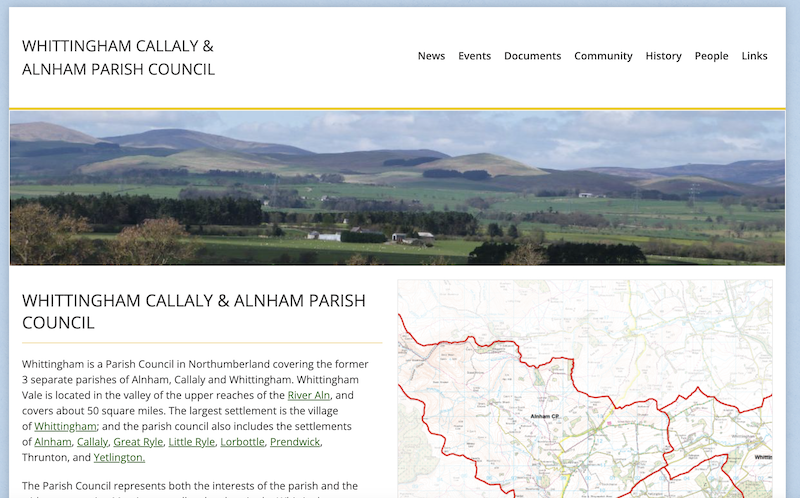
from https://northumberlandparishe…
Whittingham, Callaly & Alnham Parish Council
- "Covering the parishes of Alnham, Callaly and Whittingham...." Previously known as Whittingham Vale Parish Council
Added by
Simon Cotterill
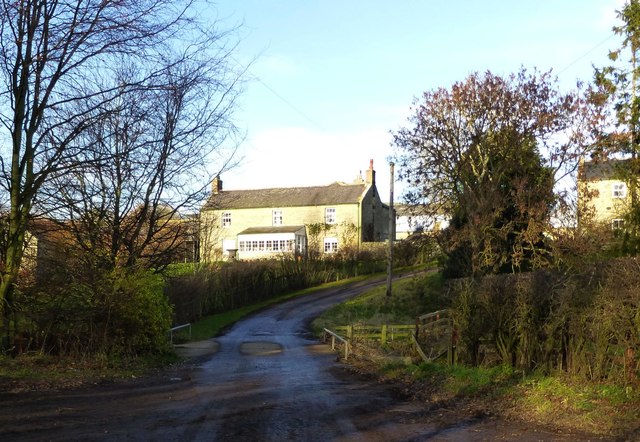
Co-Curate Page
Ryle Mill
- Overview Map Street View Ryle Mill is a hamlet and farm by the River Aln in Northumberland, located about half a mile north-east of Little Ryle and 3 miles west …
Co-Curate Page
Historic Buildings and Monuments in Whittingham Vale
- Listed buildings and scheduled monuments in Whittingham Vale, Northumberland, from the National Heritage List for England[1]. Use the Search (below) if looking for a specific building / monument. Structure List …
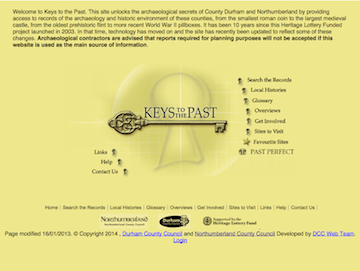
from https://keystothepast.info/se…
Local history: Alnham (Northumberland)
- "The parish of Alnham lies on the south-eastern edge of the Cheviots. It stretches from the lowland areas around the village of Alnham to the uplands to the west of …
Added by
Simon Cotterill
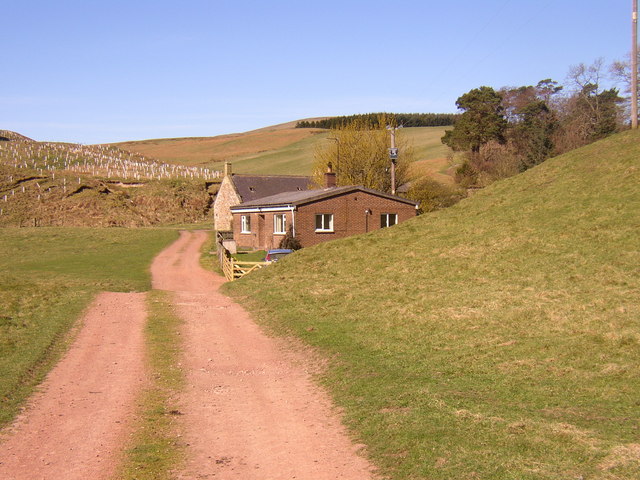
Co-Curate Page
Hazeltonrig
- Overview Map Hazeltonrig is a hamlet in Northumberland, located about half a mile south-west of Alnham. There are a couple of buildings and Hazeltonrig Plantation; Old Hazeltonrig (farm) is located nearby …
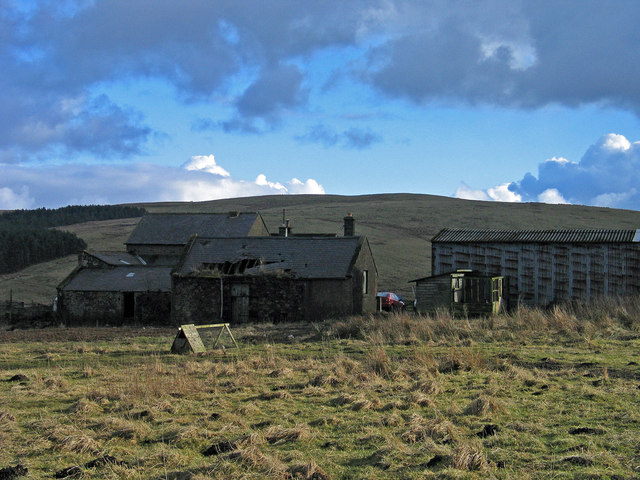
Co-Curate Page
Ewartly Shank
- Overview Map Ewartly Shank is a remote farm /hamlet in Northumberland, located about 2½ miles north-west of the hamlet of Alnham.


Co-Curate Page
Alnham
- Overview About Map Street View Alnham is a hamlet in Northumberland, located near the source of the River Aln, about 14 miles west of Alnwick. Notably, in Alnham are the …

Co-Curate Page
Prendwick
- Overview Map Street View Prendwick is a hamlet by Prendwick Burn in Northumberland, located about 12 miles west of Alnwick and a mile north of Alnham. Some of the farm …

Co-Curate Page
Scrainwood
- Overview Map Street View Scrainwood is a farm and hamlet in Northumberland, located just under a mile south-west of Alnham and a mile north of Netherton. Scrainwood Burn runs through the …

Co-Curate Page
Great Ryle
- Overview Map Street View Great Ryle is a hamlet by the Cheviots in Northumberland, located about 3 miles north-west of Whittingham and 1 mile north of Little Ryle. The settlement …

Co-Curate Page
Unthank, Alnham
- Overview Map Street View Unthank is a farm in Northumberland, located about 11 miles west of Alnwick and ¾ mile north-east of the village of Alnham. There was a small …

from https://northumberlandparishe…
Whittingham, Callaly & Alnham Parish Council
- "Covering the parishes of Alnham, Callaly and Whittingham...." Previously known as Whittingham Vale Parish Council
Added by
Simon Cotterill

Co-Curate Page
Ryle Mill
- Overview Map Street View Ryle Mill is a hamlet and farm by the River Aln in Northumberland, located about half a mile north-east of Little Ryle and 3 miles west …
Co-Curate Page
Historic Buildings and Monuments in Whittingham Vale
- Listed buildings and scheduled monuments in Whittingham Vale, Northumberland, from the National Heritage List for England[1]. Use the Search (below) if looking for a specific building / monument. Structure List …

from https://keystothepast.info/se…
Local history: Alnham (Northumberland)
- "The parish of Alnham lies on the south-eastern edge of the Cheviots. It stretches from the lowland areas around the village of Alnham to the uplands to the west of …
Added by
Simon Cotterill

Co-Curate Page
Hazeltonrig
- Overview Map Hazeltonrig is a hamlet in Northumberland, located about half a mile south-west of Alnham. There are a couple of buildings and Hazeltonrig Plantation; Old Hazeltonrig (farm) is located nearby …


